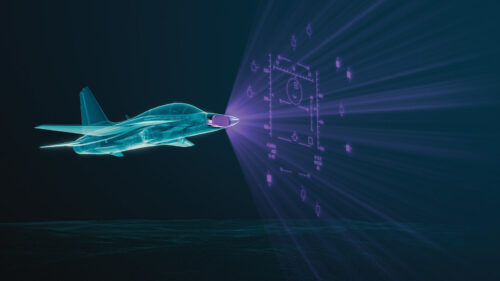Korea Aerospace Industries (KAI) revealed a significant investment plan to accelerate development and commercialization of two key projects: autonomous aerial vehicles (AAVs) and a single-seat variant of the FA-50 supersonic light fighter jet.

KAI’s board meeting on March 8th greenlit a total investment of approximately $69.7 million. A substantial portion will be directed towards the initial phase of AAV development. This initial phase will focus on creating prototype models and implementing distributed electrical propulsion systems.
The investment underscores KAI’s recognition of the growing global demand for AAVs, particularly in light of the recent effectiveness showcased by unmanned combat aerial vehicles (UCAVs) in various conflicts. KAI aims for commercialization of both military and civilian AAVs by 2030, with an ambitious sales target of 23,000 units by 2050.
The remaining approximately $27 million will be allocated for developing the single-seat version of the FA-50 fighter jet. This project targets the global multi-role fighter jet market.
The FA-50, derived from South Korea’s TA-50 supersonic trainer aircraft and developed in collaboration with Lockheed Martin, offers several advantages. Similarities to the F-16 in terms of size, flight characteristics, and controls allow for minimal pilot retraining when transitioning from the F-16 to the FA-50. Furthermore, with 138 double-seater FA-50 jets exported as of February 2024, there is a readily identifiable global demand for a single-seat variant.
KAI estimates the global demand for single-seat multi-role fighter jets to be around 450 units. They aim to capture a significant share of this market with a sales target exceeding 300 units, achieving a market share of over 50%.
For more information, hit the Source below